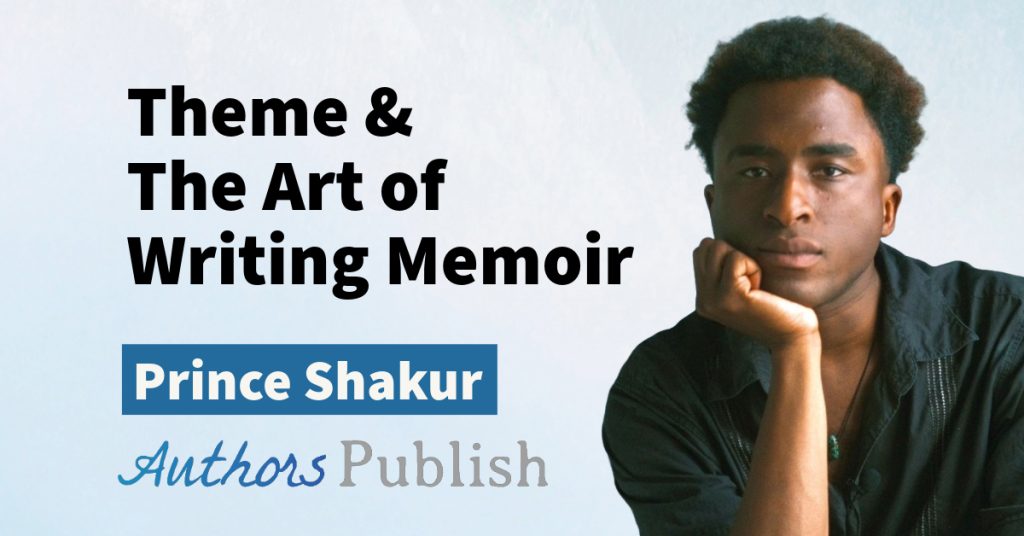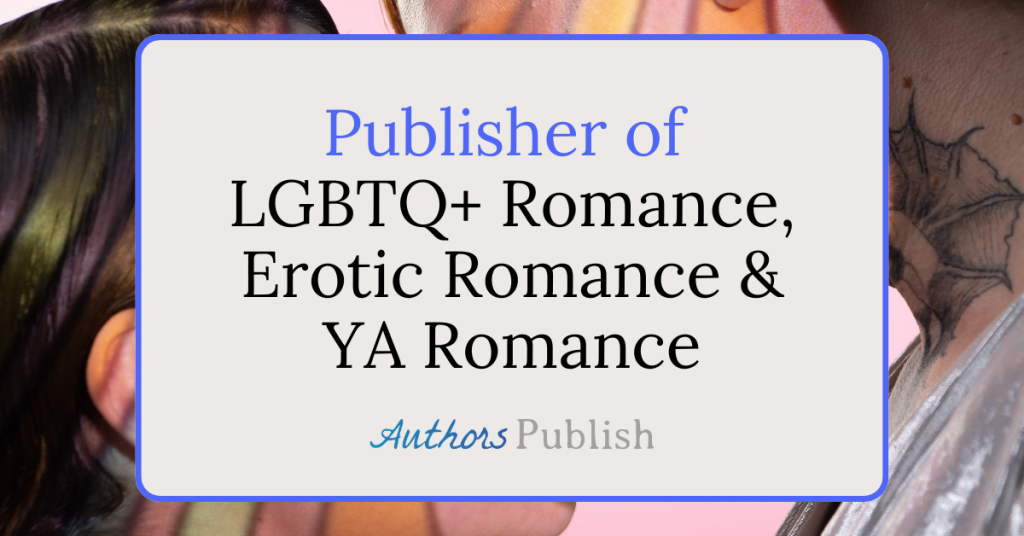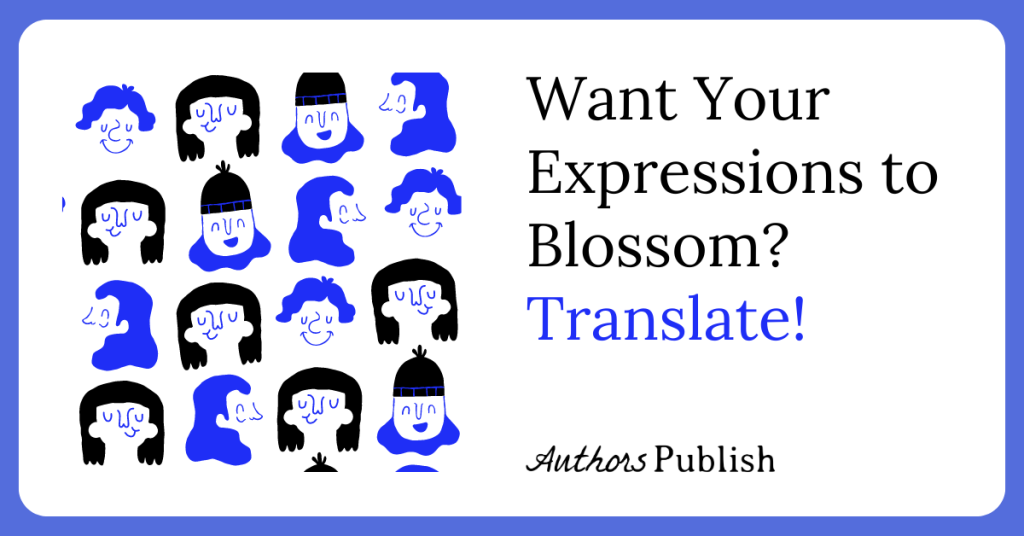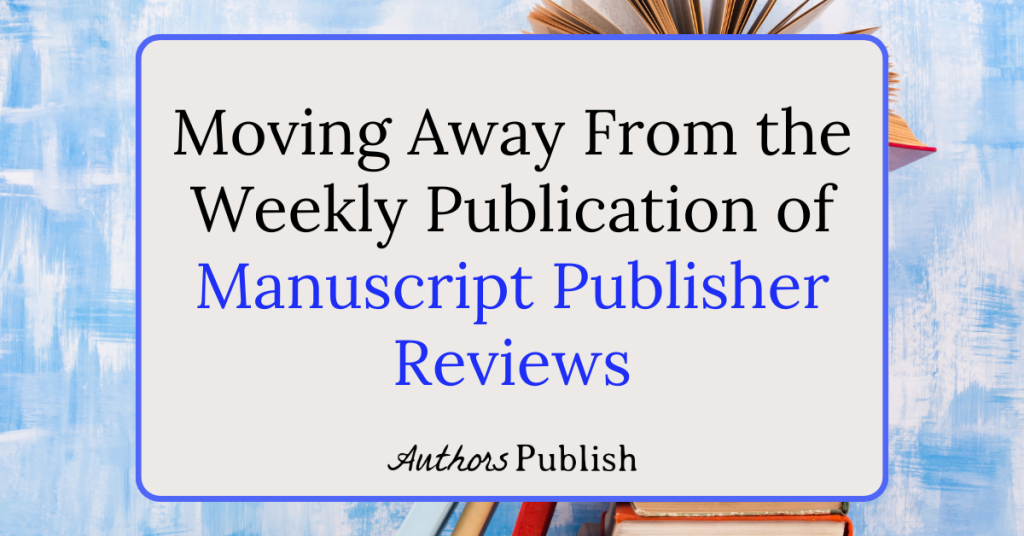Katie Lawrence
Many a writer has sat down, written a fairly decent piece, and was left without a clue of what to do next. This occurs particularly often in the realm and genre of narrative nonfiction.
Naturally, we have our applications set up to check for grammar mistakes, and we ensure that our message has been fairly laid out in the piece, but there’s something missing — we know it’s not ready to send in yet. There’s usually a list that we all go down in the process of editing our work, but we often forget one of the most important ones of all.
We forget to make our pieces interesting to read.
While no one ever creates a perfect piece of writing, there’s a way to take something we’ve written and make it even more relatable, beautiful, and effective in communicating our messages to readers. Changing words around to better communicate our point, checking grammar, making paragraphs better spaced are great ideas and actions that should be taken to make writing better. Yet, there are always ways to improve.
We must remember that we’re talking to people, we have people we’re building our literary foundation on, and that people have brains that enjoy seeing pretty pieces that make them want to read further.
Here are a few recommendations to do that in your editing process.
- Speak to people, speak of people
Speak to people, and speak of people. Nearly every great writer, particularly those in the self-development arena, books, and articles, including real-life examples, whether they be popular knowledge or personal examples, in their writing in order to drive home their points. In nonfiction, it’s important to never lose sight of the human aspect. When people read an article, they want to connect to it. They want to understand why it matters to them, and equally why it matters to their fellow man.
Many self-development and psychology books that have been becoming popular recently are jam-packed full of examples. James Clear, in his new book Atomic Habits, writes about himself in many if not all of the chapters. He shares personal stories and examples from his own life. Not only that, but he gives examples of a person, with a name and a situation, and what they could do to improve their habits. Rather than writing a how-to guide on habits, he does that and so much more. How? Throughout the entire work, he writes of people, and he remembers that he is writing to people.
In their book Made To Stick, Chip and Dan Heath write about six different tools and methods to make the ideas that you’re writing about, speaking out, filming about, etc. “stick”. Basically, how do you get people to really hear, understand, and agree with what you’re saying? In the realm of writing, the question is how do you get your readers to take your message and read your piece to the end, leaving the end of the last paragraph with a smile on their face and a desire to use the knowledge they just gained from your piece.
Many of the six “laws of stickiness” fall under this suggestion.
They are to utilize stories, get emotional, be credible, be concrete, throw in unexpected segments and ideas, and keep it simple. Providing clear and concrete examples of real (or made up) people is an incredible way to get your message across. By talking of people, you instill emotion, relatability, sympathy, empathy, and you also increase your credibility and the credibility of your idea in the mind of the reader. Finally, by keeping these simple examples a common habit throughout your writing, and keeping it new and unexpected, you’ll keep the reader not only understanding your message but wanting more of it because of the newness that every paragraph brings.
To write and edit in a way that people want to read, ensure that the examples you’ve written are clear, concrete, and add credibility and relatability to your writing. Keep it simple, and keep it relatable and human. Write to people, and write about people.
- Use precedent and historical literacy
In a similar book The Power of Habit, author Charles Duhigg writes about many historical figures and movements that were driven by the principles outlined in the book. The things that stuck out to me most in that book were the examples, the historical links that proved his ideas. This ties into my previous suggestion, but this one adds another layer to it. Don’t just provide examples of real people, provide examples of real people from many years ago, prove that your concept is rooted in historical precedent and even in the literature and documentation of the past. The biggest example I recall from the book is that of Martin Luther King Jr. and the way that he utilized the cycle of habit, coincidentally, of course, to bring about the civil rights movement and the racial change in the United States. By using this historical example, among others, Duhigg was capable of providing a clear and concrete and credible example of a real man whose name I recognized but whose full story I’d never heard.
Even short references to history are key to capturing your readers.
When editing your pieces, see if you can find a space in between two sections, two ideas, or two points and insert a historical example, some evidence to support and back your point further in credibility but also the really cement the idea in the reader. It’s always a good idea to provide proof of the legitimacy and effectiveness of the concept or concepts that you’re writing about.
It doesn’t take much to include precedent examples and references to the literature and the stories of the past, and it boosts the quality and effectiveness of your writing in so many ways.
- Formatting matters — immerse your readers
This technique is one that many people utilize, but nobody writes about. Think about a book you’ve read recently. Then, consider another book. If you’ve written a book of your own or edited one before, consider that one. Now, with all three of those books in your mind, think of how each of these works is all formatted in completely different ways.
No one really edits a book the same way.
Why?
I’m not completely sure, but it must have something to do with the fact that everyone sees formatting differently. Yet, many read several books and articles every year with different formatting, fonts, spacing, and more and don’t mind. That’s because those with the most successful writing careers have found what common ground they can utilize.
Impact your writing.
When considering paragraphs and where to start and stop them, be mindful of where the most impact is needed.
Make certain points stand out.
Remember that you’re the writer and editor and that it’s your job to craft not just the words of the piece, but the message of the piece, which goes farther than just the actual text of the work. Remember that readers are human, with brains that search for dopamine, neatly arranged words and text, and formatting that engages them in as many ways possible.
Ultimately, keep the reader engaged.
Don’t be afraid to be bold in your formatting, because you decide what will be the focus of the piece and what should stand out to the reader.
Don’t neglect to format, because it is, ultimately, what will immerse your reader into the message.
By using examples, history, the six keys of “sticky” ideas and the clever use of formatting, spacing, and more — you can write and edit in a way that makes readers want to read and enjoy your content. Not only that, but it will allow them to truly do so.
Editing is just as much of an art as writing, and it is a necessary skill to hone in on and utilize and grow upon in order to be successful in communicating messages to readers, no matter who your audience may be.
Katie Lawrence is a writer, photographer, researcher, a published author, public speaker, and more. She maintains a blog on Medium.com, writes frequently on numerous nonfiction topics, and is a novelist. Her work includes topics of minimalism, foreign and domestic policy, as well as social work and psychology.





